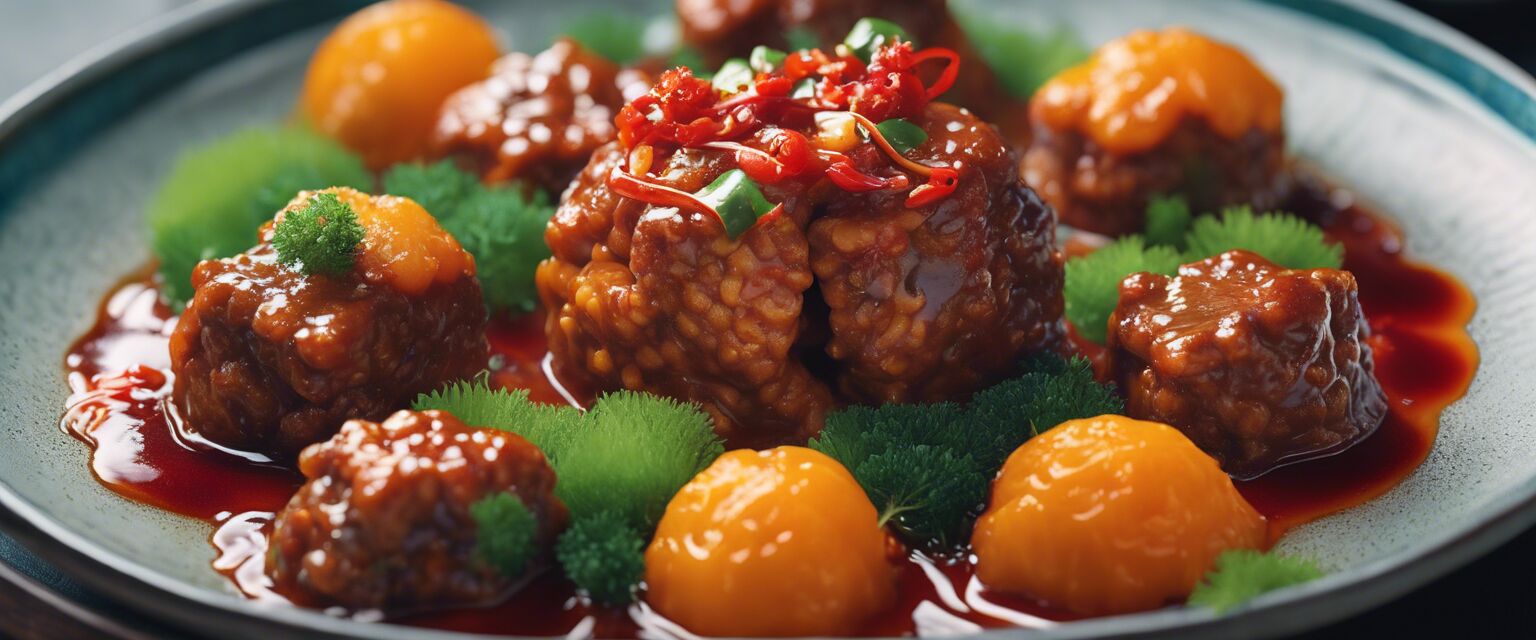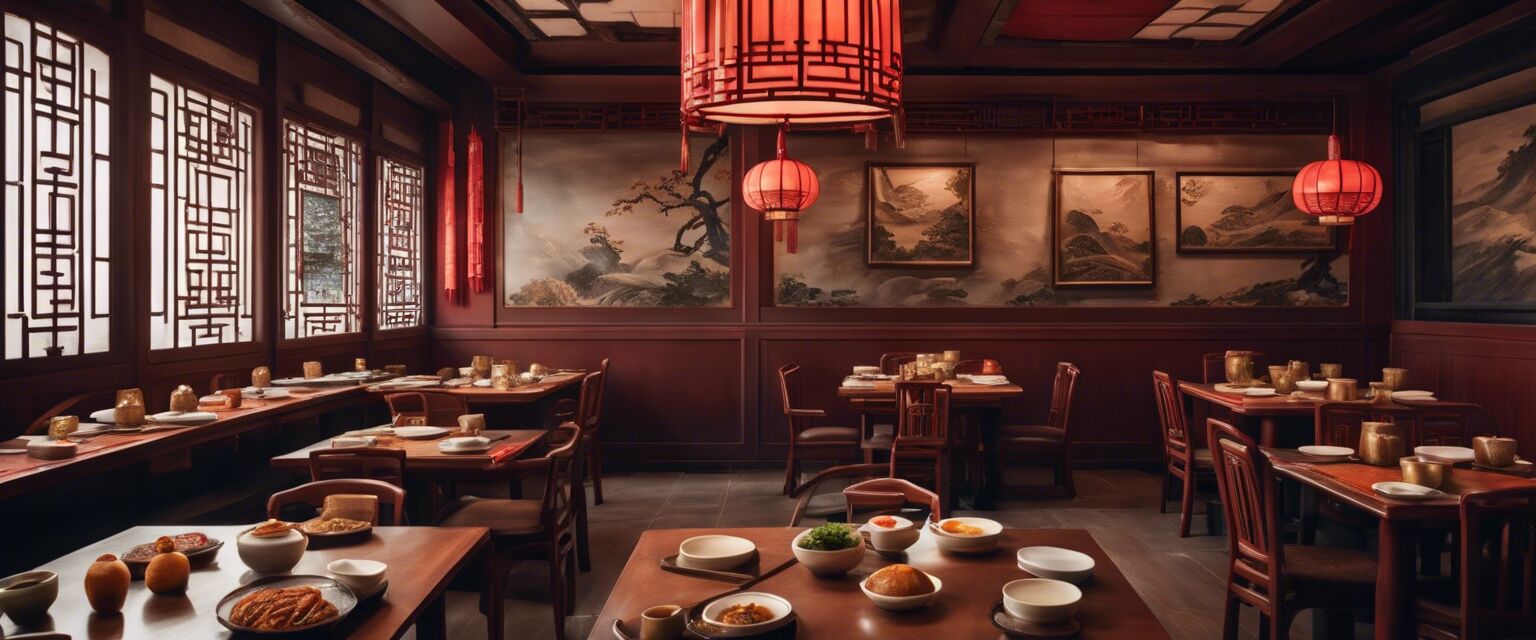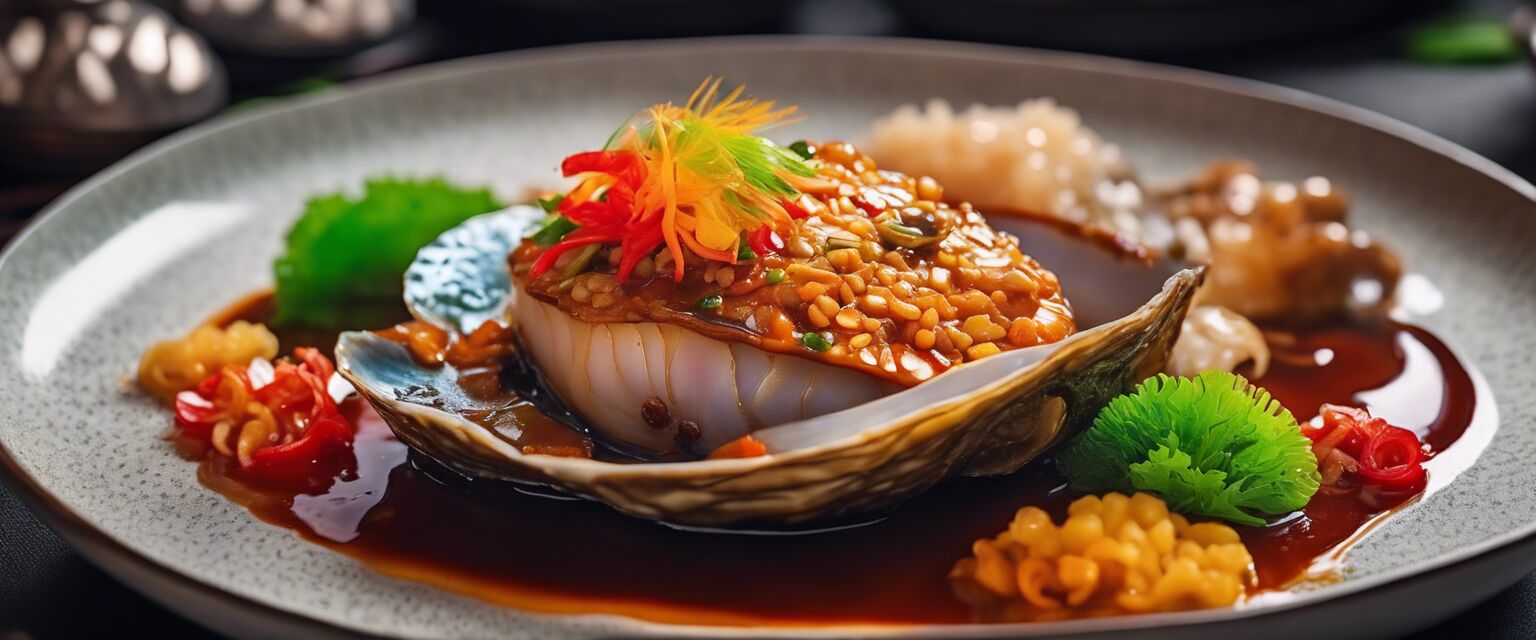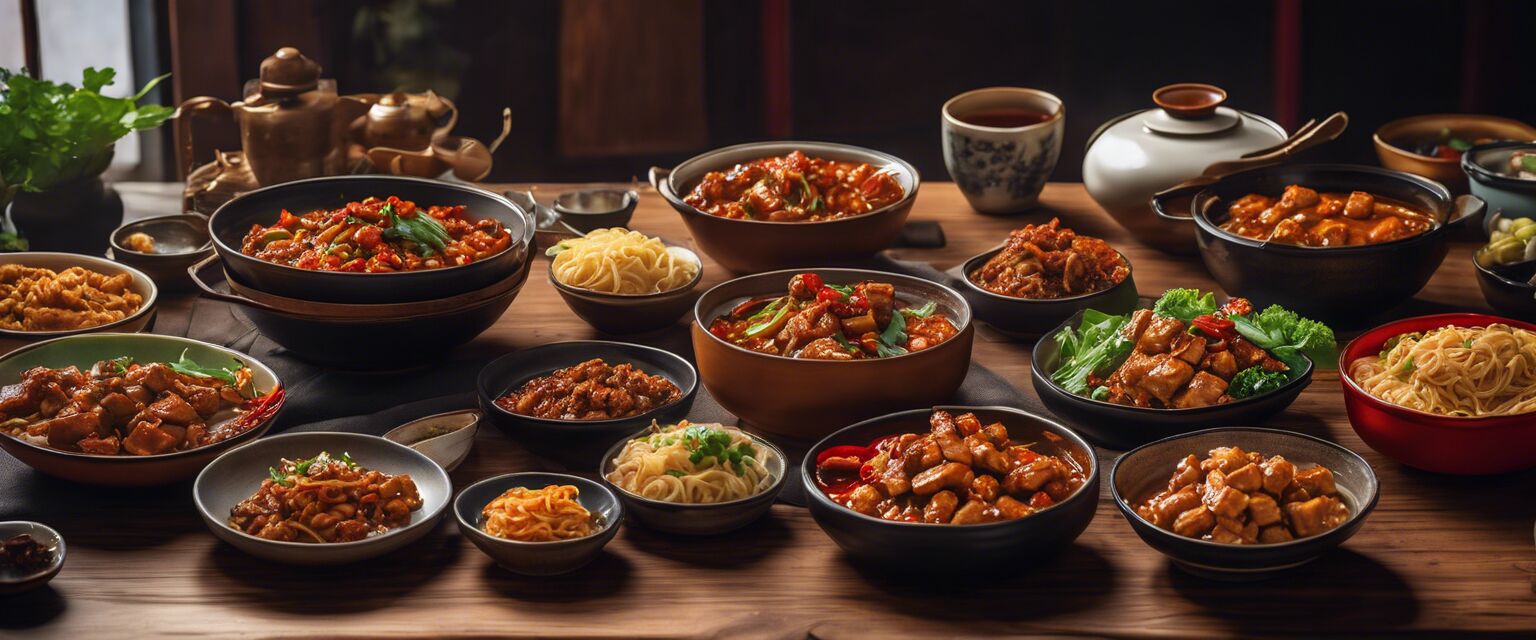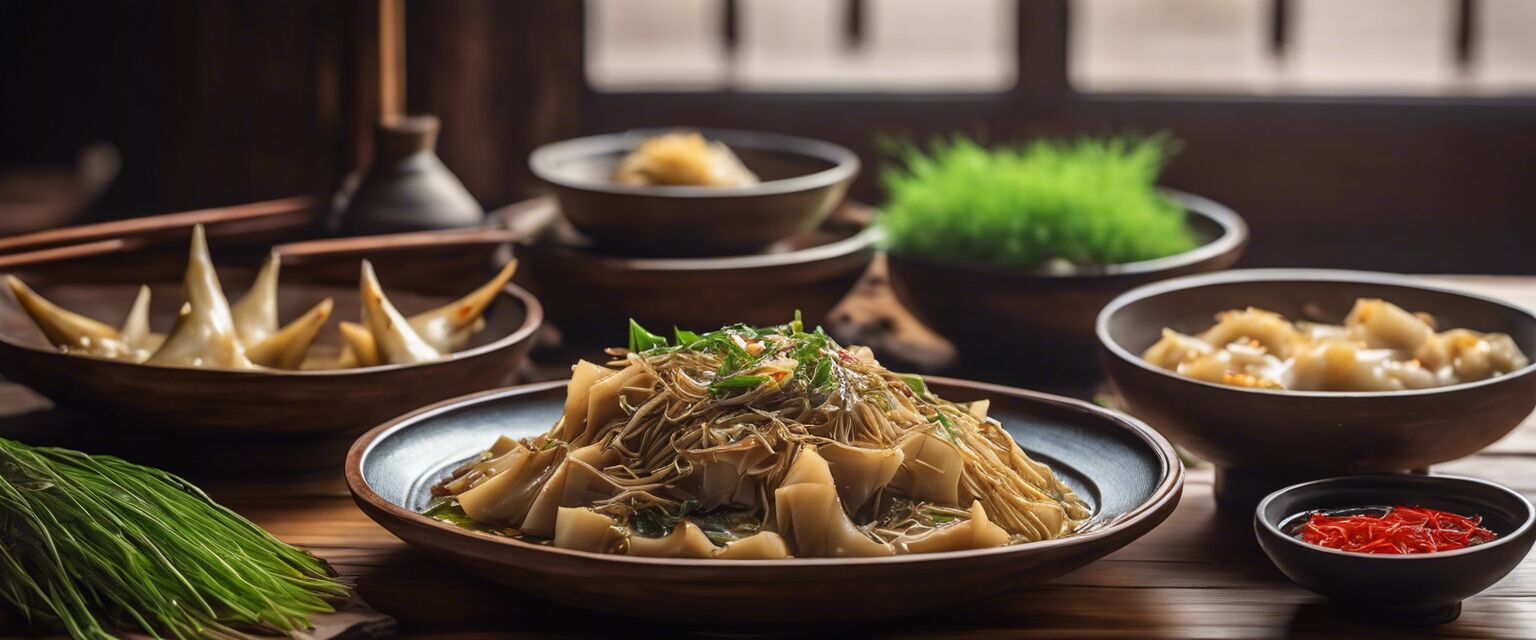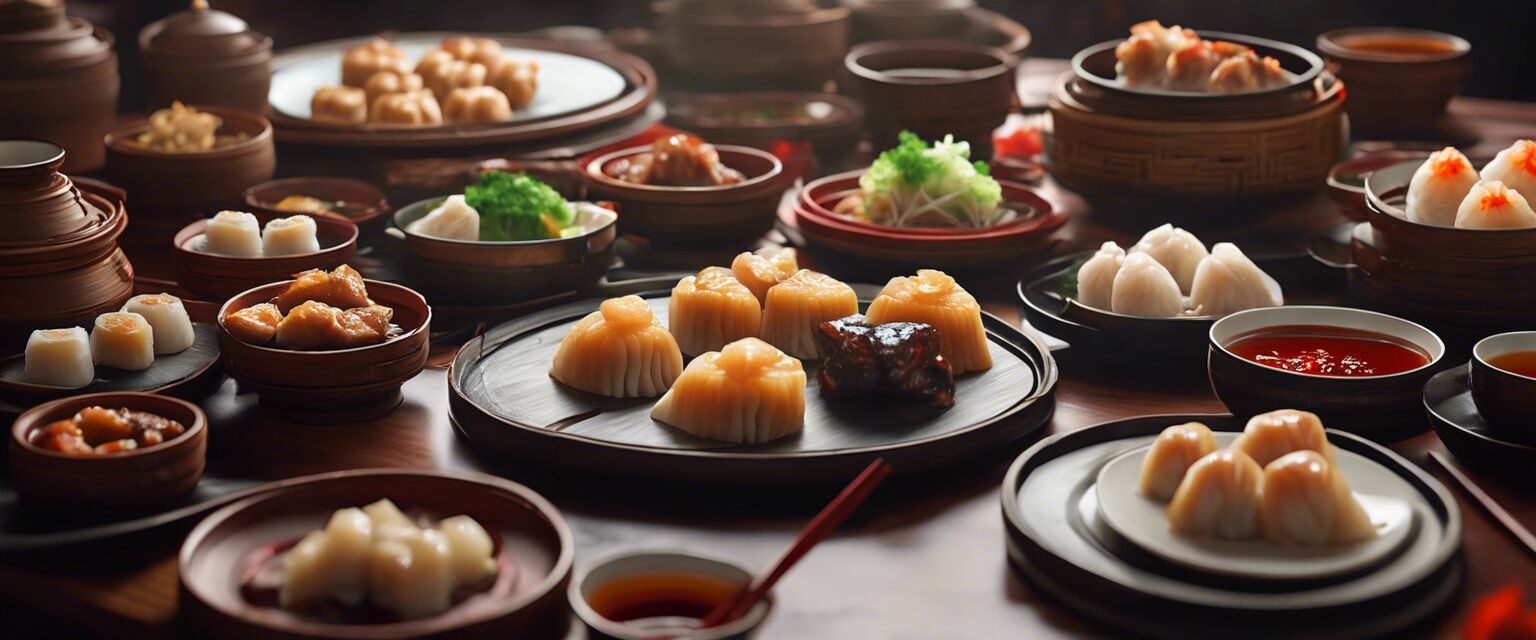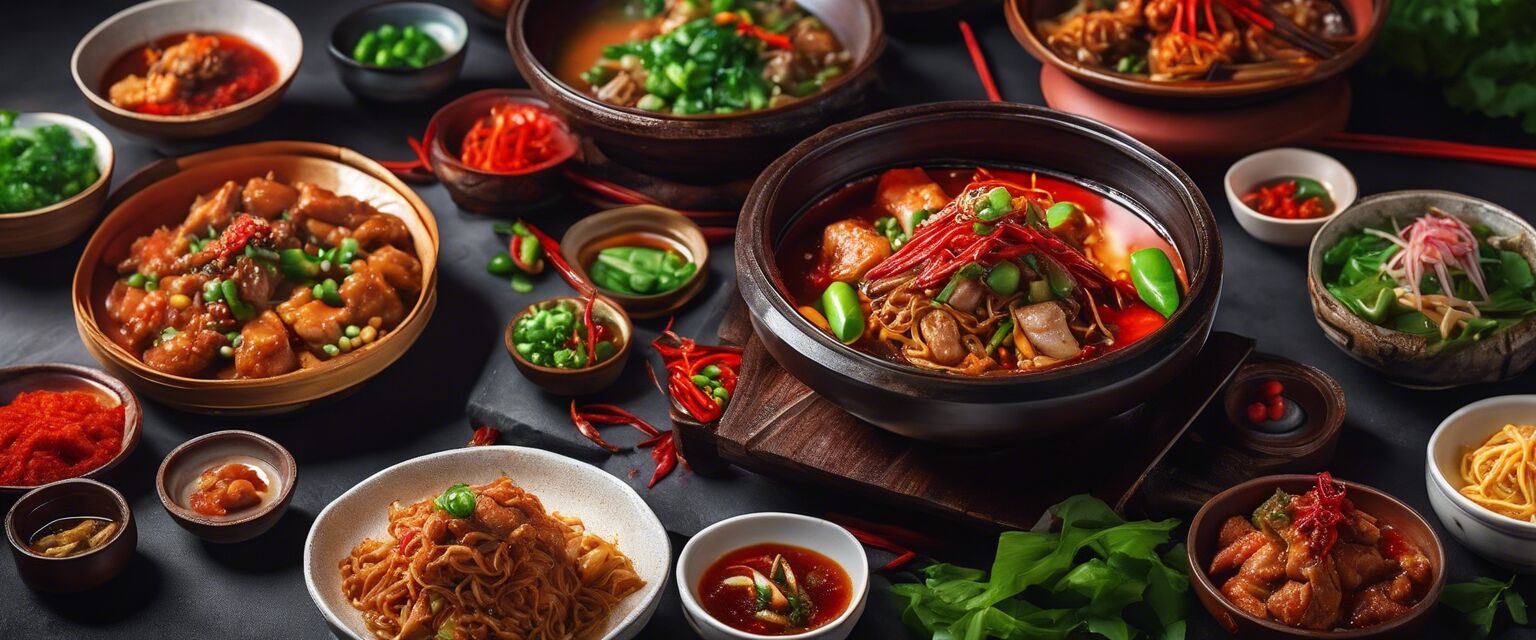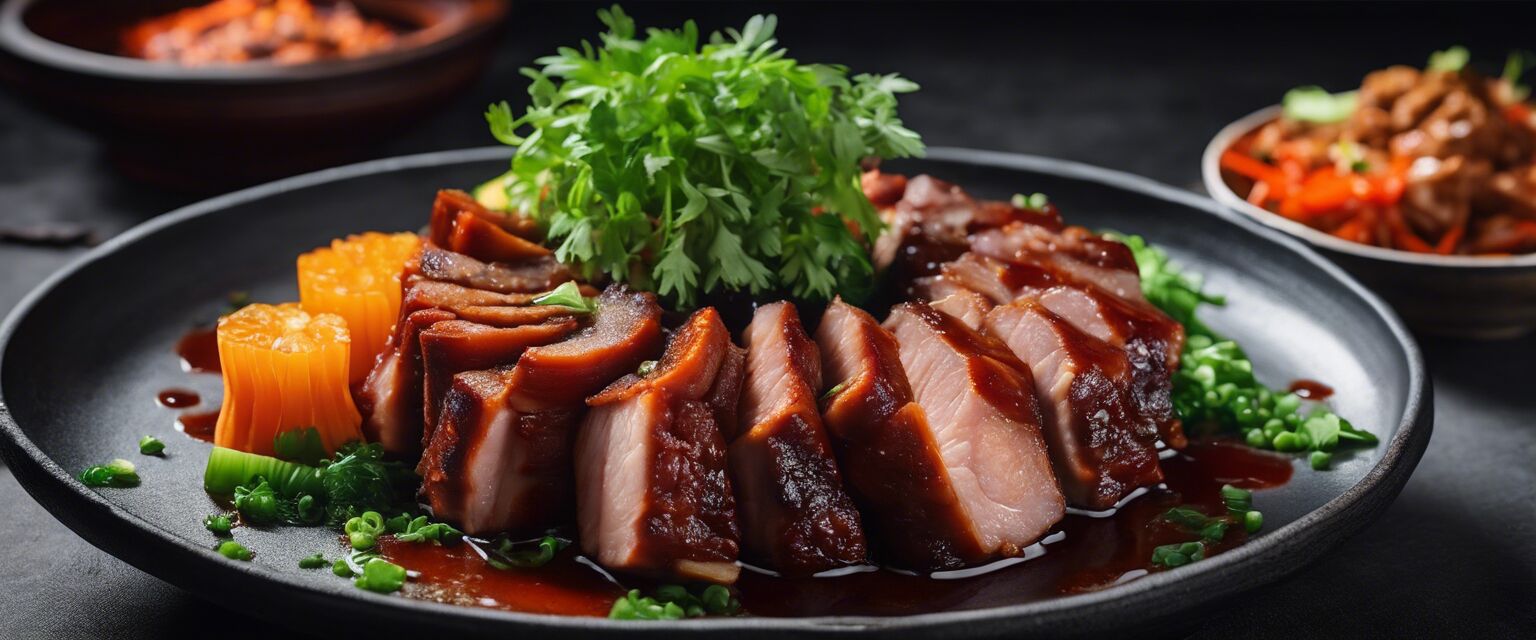
Zhejiang Cuisine
Key Takeaways
- Zhejiang cuisine is known for its mellow flavors and emphasis on fresh ingredients.
- Popular dishes include Dongpo Pork and West Lake Fish in Vinegar.
- Regional variations reflect the diverse culinary traditions within Zhejiang province.
- Cooking methods include steaming, braising, and stir-frying.
- Emphasis is placed on seasonal ingredients and local specialties.
Zhejiang cuisine, originating from the eastern province of Zhejiang in China, is celebrated for its mild flavor profiles, use of fresh ingredients, and diverse cooking techniques. With a strong focus on seafood, vegetables, and meats, this cuisine offers a delightful culinary experience that reflects the region's rich cultural heritage.
Overview of Zhejiang Cuisine
The cuisine of Zhejiang is characterized by its subtle flavors and emphasis on the natural taste of ingredients. Unlike some other Chinese cuisines that might lean towards heavy seasoning or spiciness, Zhejiang dishes are often lighter and more delicate. The regionâs proximity to the coast provides an abundance of fresh seafood, which plays a significant role in many traditional dishes.
Common Ingredients in Zhejiang Cuisine
| Ingredient Type | Examples |
|---|---|
| Meats | Dongpo pork, chicken, duck |
| Seafood | Fish, shrimp, crab |
| Vegetables | Bok choy, bamboo shoots, mushrooms |
| Herbs & Spices | Ginger, garlic, scallions |
Popular Dishes from Zhejiang Cuisine
- Dongpo Pork: A famous dish known for its tender pork belly, slow-cooked in soy sauce and served with fragrant rice.
- West Lake Fish in Vinegar: This dish features fresh fish cooked in a sweet-sour vinegar sauce, highlighting the region's seafood.
- Beggar's Chicken: Chicken wrapped in lotus leaves and clay, baked to perfection, creating a unique flavor.
- Steamed Scallops: Fresh scallops steamed with garlic and vermicelli, showcasing the region's seafood.
Cooking Techniques in Zhejiang Cuisine
Cooking methods in Zhejiang cuisine vary, but the most common techniques include:
- Steaming: Preserves the natural flavors and nutrients of ingredients.
- Braising: Slow-cooking meats in sauces for enhanced flavors.
- Stir-frying: Quick cooking method that retains the crispiness of vegetables.

Regional Variations of Zhejiang Cuisine
Zhejiang province is home to several cities, each offering its own unique take on traditional dishes. Here are a few notable regional styles:
| Region | Specialty Dishes | Flavor Profile |
|---|---|---|
| Hangzhou | West Lake Fish in Vinegar, Dongpo Pork | Mellow and aromatic |
| Ningbo | Ningbo Tangyuan, Braised Pork Ball | Sweet and savory |
| Suzhou | Suzhou-style Mooncakes, Sweet and Sour Carp | Sweet and tender |
Health Aspects of Zhejiang Cuisine
Zhejiang cuisine's focus on fresh ingredients and balanced meals makes it a healthy choice. The use of various vegetables, lean meats, and seafood contributes to a nutritious diet. Additionally, the light seasoning allows for the natural flavors to shine, potentially leading to a lower intake of sodium and unhealthy fats compared to other cuisines.
Pros
- Fresh ingredients provide a rich source of vitamins and minerals.
- Delicate flavors are appealing to a wide range of palates.
- Diverse cooking techniques allow for varied textures and tastes.
Cons
- Some dishes may require specialized ingredients that are not easily available.
- Preparation time for certain traditional dishes can be lengthy.
Conclusion
In conclusion, Zhejiang cuisine offers a delightful exploration into the world of Chinese culinary arts. Known for its mild flavors, fresh ingredients, and diverse regional styles, it is a reflection of the rich cultural heritage of its people. Whether youâre savoring Dongpo Pork or enjoying West Lake Fish in Vinegar, each dish provides a unique taste of this remarkable region.

Explore More
If you're interested in learning more about Chinese cuisine, check out our other articles on:
